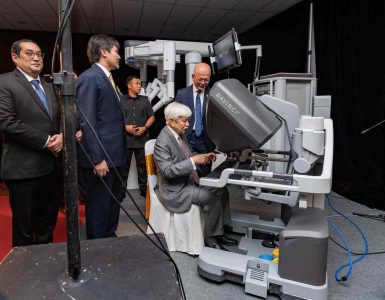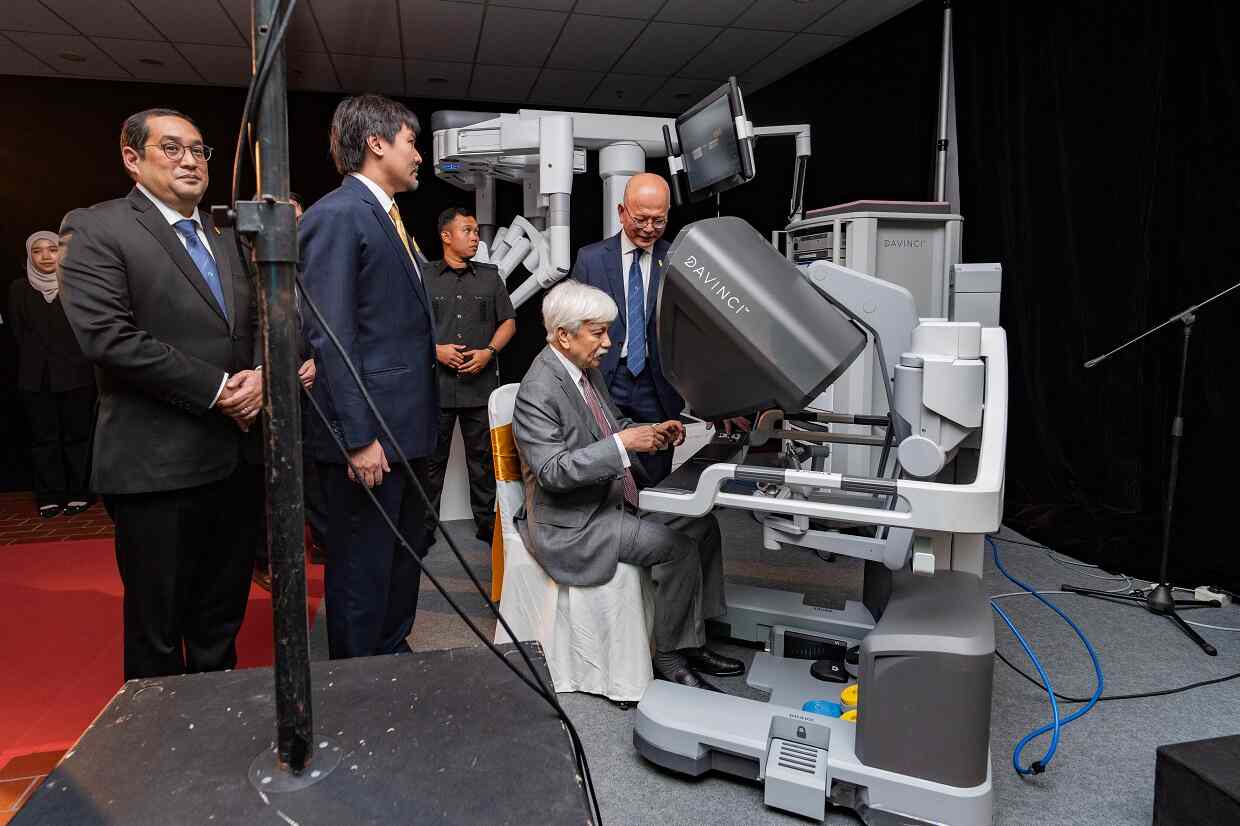As conversations around school discipline intensify nationwide, child-protection advocates warn that the real solution to preventing violence lies not in harsher rules but in listening more closely to the emotional needs of students. For World Vision Malaysia (WVM), meaningful engagement between children, families, and schools remains the most powerful safeguard against harm.
Lydia Lee, Manager of Malaysian Programmes & Grants at WVM and the organisation’s Safeguarding Focal Point, said school violence often stems from “years of neglect—when emotional well-being takes a back seat to exam scores, when moral guidance is left to overworked teachers, and when busy families unintentionally overlook early warning signs.”

She emphasised that violence rarely erupts suddenly. Rather, it emerges from “unmet emotional needs, unspoken fears, and long-standing gaps in connection,” especially in environments where academic pressure outweighs empathy and where early distress signals go unnoticed.
Roots of harm go beyond rules
According to Lee, Malaysia’s reflex to respond to school incidents with stricter discipline risks overlooking deeper systemic issues. “Rules can correct behaviour, but they cannot heal loneliness, teach empathy, or build emotional resilience,” she said, noting that prevention demands “consistent empathy, meaningful connection, and shared responsibility between home and school.”
Calls for stronger character development are welcomed, but she stressed that character “cannot be taught through slogans or assemblies” and instead must grow through daily interactions, reflection, and example. Children, she noted, internalise values more effectively when adults model empathy, respect, and integrity—yet modelling alone is insufficient without practical approaches to repair harm.
This is where Restorative Justice (RJ) has increasingly gained traction. Describing RJ as a framework that asks, “Who was harmed, and how can we make things right?”, Lee said the approach focuses on repairing relationships rather than assigning blame. It brings together affected parties to acknowledge harm, accept responsibility, and rebuild trust—teaching accountability “without humiliation” and nurturing empathy.
Used widely in the United States, Canada, Australia, New Zealand, and across Europe, RJ is endorsed by the United Nations and European Union. Research from these countries shows that schools adopting the model often experience fewer conflicts and stronger community bonds.
Beyond discipline: The need for emotional literacy
However, Lee cautioned that schools cannot shoulder these responsibilities alone. Teachers are already stretched thin, and expectations for them to manage discipline, moral education, and emotional support simultaneously are “unrealistic and unsustainable.”
Preventing school violence, she said, must involve nurturing connection through social-emotional learning (SEL), teacher training grounded in care and conflict resolution, and a national culture that values emotional intelligence as much as academic performance. When “time spent on screens exceeds time spent making real connections,” children lose crucial guidance.
Responsible parenting, particularly in the digital age, requires intentional presence. “Technology offers tremendous educational benefits, but it cannot replace the human connection children desperately need,” Lee said. When tablets become constant companions and video games act as emotional regulators, children miss out on learning to read facial expressions, manage difficult feelings, and navigate real-world conflicts.
The central question, she added, is not about limiting technology, but whether children have “access to genuine human attention.”
Community support and the power of listening
At the community level, World Vision has been running programmes such as Celebrating Families and Positive Parenting workshops, which aim to strengthen parent-child relationships. Evaluations show measurable improvements in positive discipline practices, closer parent-child bonds, and reduced acceptance of norms that justify violence.
Lee stressed that listening to children is the foundation of violence prevention. When adults genuinely take time to understand children’s frustrations, fears, and hopes, problems can be identified early—long before they escalate into aggression or despair. Creating safe spaces for dialogue at home and in school teaches children that their feelings matter and that empathy is a form of strength.
“Parents, teachers, school administrators, and policymakers must work together, not in silos,” she said. “Building character is not the task of one institution but a shared national mission—one that begins with listening to children and believing that their voices matter.”
For Lee, listening is far from a soft response—it is “the strongest, most lasting investment we can make in preventing school violence and nurturing a generation guided by compassion and conscience.”











Add comment